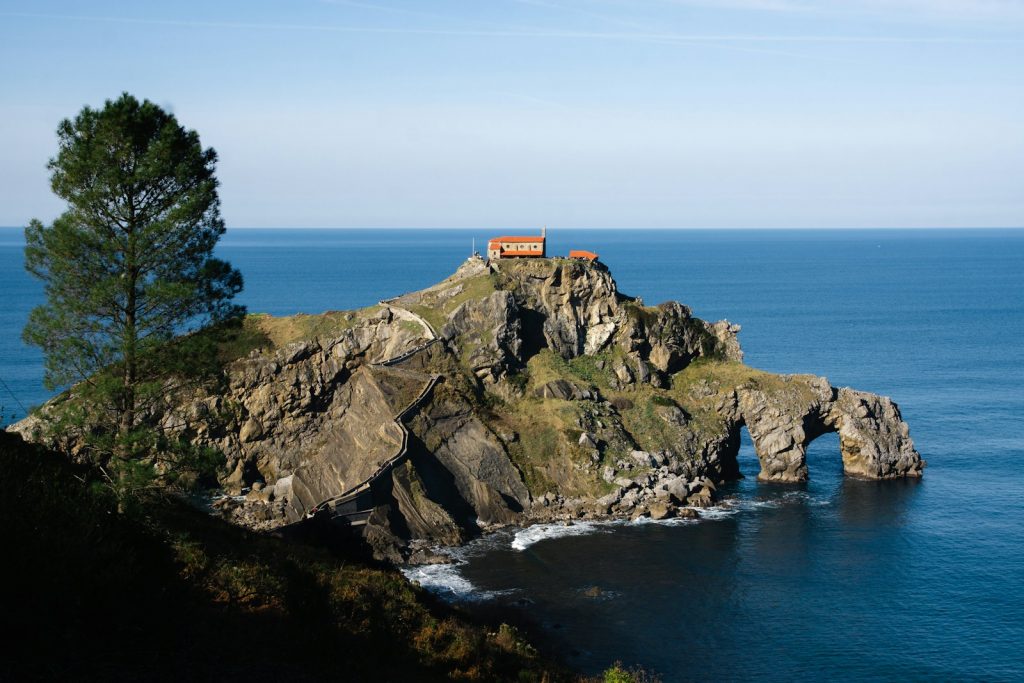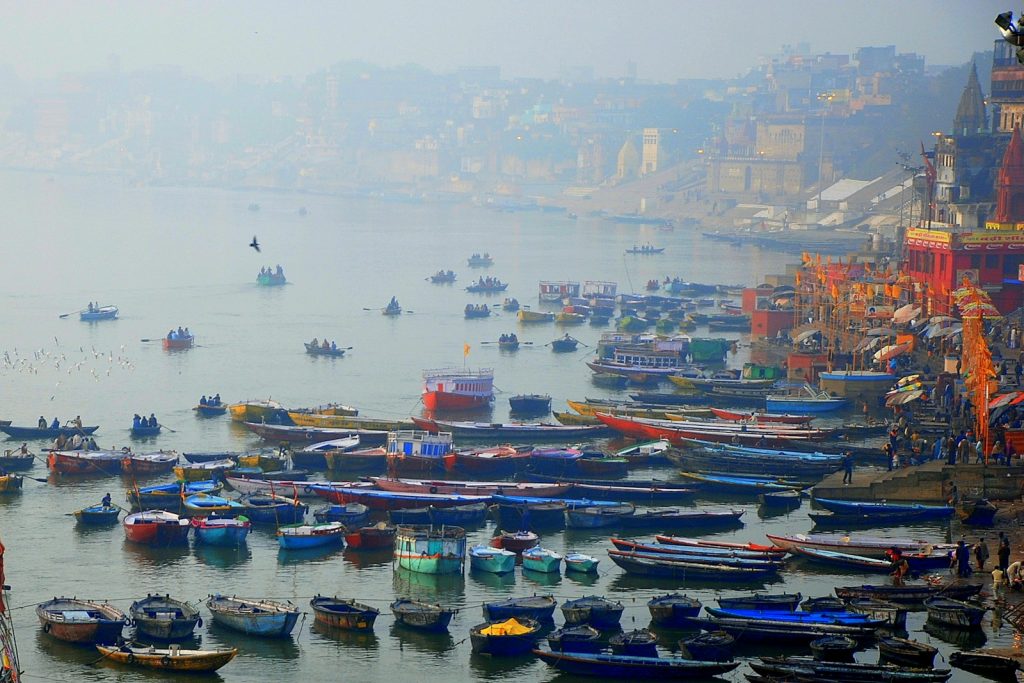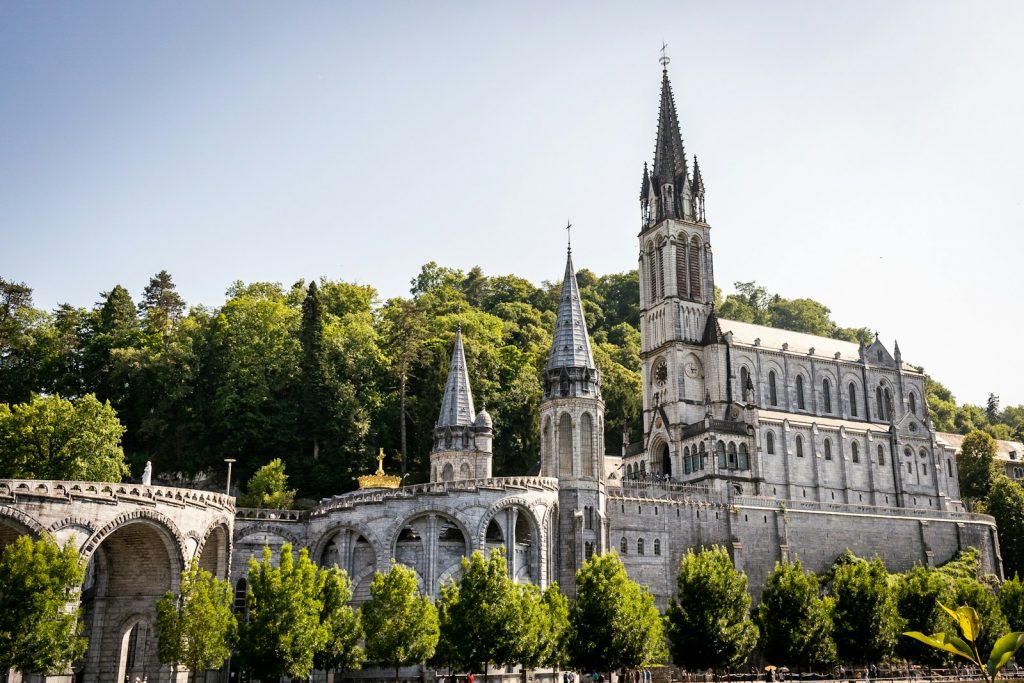Journeys of the Soul: Pilgrimage has been a fundamental aspect of human spirituality for millennia, transcending cultural, religious, and geographical boundaries. From ancient times to the present day, pilgrims have embarked on sacred journeys to seek spiritual enlightenment, divine blessings, and inner peace. Across the globe, there are countless pilgrimage sites revered for their historical significance, architectural splendor, and profound spiritual resonance. In this article, we will embark on a virtual pilgrimage to some of the world’s most famous pilgrimage sites, exploring their cultural heritage, spiritual significance, and enduring allure.
The Camino de Santiago, Spain:
One of the most iconic pilgrimage routes in the world, the Camino de Santiago, also known as the Way of St. James, has beckoned pilgrims for over a thousand years. Stretching across the picturesque landscapes of northern Spain, this ancient pilgrimage route culminates at the magnificent Cathedral of Santiago de Compostela, where tradition holds that the remains of the apostle St. James are interred. Pilgrims from all walks of life undertake the Camino for a variety of reasons – spiritual renewal, physical challenge, or simply the camaraderie of fellow travelers. Along the way, they traverse medieval villages, lush countryside, and rugged mountains, encountering centuries-old churches, hospices, and monuments that bear witness to the pilgrimage’s rich history.

Varanasi, India:
Nestled on the banks of the sacred Ganges River, Varanasi is one of the oldest continuously inhabited cities in the world and a revered pilgrimage destination for Hindus. Known as the “City of Light” and the “City of Shiva,” Varanasi is believed to be the abode of Lord Shiva and a place of immense spiritual power.
Pilgrims flock to Varanasi to bathe in the holy waters of the Ganges, perform rituals, and seek liberation from the cycle of death and rebirth. The city’s labyrinthine lanes are lined with ancient temples, ghats (riverfront steps), and ashrams, where devotees meditate, chant mantras, and offer prayers to the divine. At sunrise and sunset, the ghats come alive with colorful ceremonies, including the mesmerizing Ganga Aarti, where priests offer prayers to the river goddess with incense, lamps, and sacred chants.

Mecca and Medina, Saudi Arabia:
As the holiest cities in Islam, Mecca and Medina hold unparalleled significance for Muslims around the world. Each year, millions of devout Muslims undertake the Hajj pilgrimage to Mecca, following in the footsteps of the Prophet Muhammad and fulfilling one of the Five Pillars of Islam. The focal point of the Hajj is the Kaaba, a cube-shaped structure located within the Grand Mosque, which Muslims believe was built by the Prophet Abraham and his son Ishmael as a house of worship dedicated to Allah.
Pilgrims perform a series of rituals, including the Tawaf (circumambulation) around the Kaaba, the Sa’i (ritual walking) between the hills of Safa and Marwah, and the symbolic stoning of the devil at Mina. Medina, the second holiest city, is home to the Prophet’s Mosque, where the tomb of Muhammad is located, drawing pilgrims seeking blessings and spiritual solace.
Lourdes, France:
Nestled in the foothills of the Pyrenees mountains, the town of Lourdes has become synonymous with miraculous healing and divine intervention. In 1858, the Virgin Mary is said to have appeared to a young peasant girl named Bernadette Soubirous in a grotto near the town, revealing herself as the Immaculate Conception. Since then, Lourdes has been a major pilgrimage site for Catholics seeking healing of body, mind, and spirit.
Pilgrims come to bathe in the waters of the miraculous spring, attend Mass at the Basilica of Our Lady of the Rosary, and participate in processions and prayers led by the clergy. The atmosphere of devotion and faith is palpable, as pilgrims from all corners of the globe gather to seek comfort and consolation in the embrace of the Blessed Mother.

Bodh Gaya, India:
As the birthplace of Buddhism, Bodh Gaya holds profound significance as the site of Gautama Buddha’s enlightenment. It was here, under the Bodhi tree, that Prince Siddhartha attained enlightenment and became the Buddha, the Awakened One. Today, Bodh Gaya is a UNESCO World Heritage Site and a major pilgrimage destination for Buddhists from around the world.
Pilgrims visit the Mahabodhi Temple complex to pay homage to the Bodhi tree, meditate in the tranquil surroundings, and reflect on the teachings of the Buddha. The serene atmosphere of Bodh Gaya, infused with the spirit of enlightenment and compassion, offers pilgrims a sacred space for introspection, meditation, and spiritual growth.
Journeys of the Soul
In Conclusion, Pilgrimage is a universal expression of faith, devotion, and transcendence, connecting individuals to something greater than themselves and uniting diverse cultures in a shared quest for spiritual fulfillment. The pilgrimage sites highlighted in this article represent just a small sampling of the world’s rich tapestry of sacred places, each offering pilgrims a unique opportunity for reflection, renewal, and transformation. Whether traversing ancient trails in Spain, bathing in the sacred waters of the Ganges, or seeking healing in the shadow of the Pyrenees, the journey of pilgrimage is a testament to the enduring power of the human spirit and the universal longing for connection with the divine.


